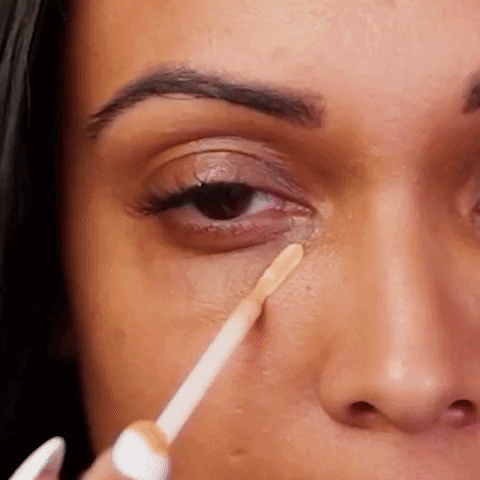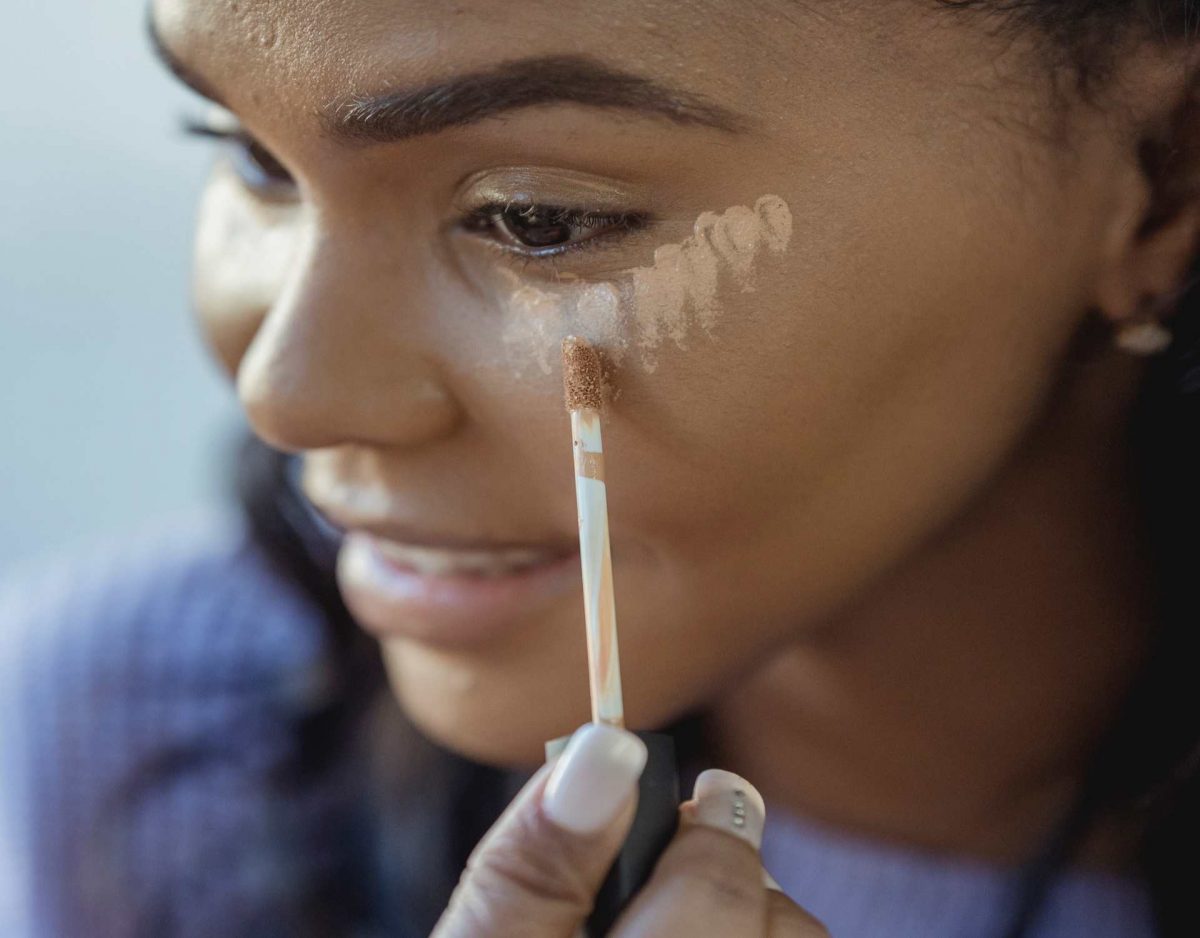
When it comes to makeup, one of the trickiest things is finding the right foundation for your skin tone, regardless of what your complexion is. That said, women with darker skin tones find it even more challenging to find the right shade of foundation for themselves. This is because dark skin is more nuanced in terms of tone and color, making it more difficult to find the perfect foundation shade according to the overtone and undertone of your skin. To put it simply, once you have understood these aspects of your skin, it will become a piece of cake to choose the correct formulation and shade of a foundation for your beautiful dark skin.
Here are some tips for finding the right foundation for your dark skin tone!
Method 1: Find Your Undertone.

Understand the difference between a skin undertone and an overtone.
Simply put, the undertone is your skin’s natural color beneath the surface layer. Overtone, on the other hand, is caused due to exposure to different elements, skin conditions, acne, and scarring. It is the surface shade that can vary and even change. However, your skin’s undertone never changes and always remains the same. It is essential to find your undertone in order to find the perfect shade of foundation for your dark skin. To do this, avoid using the overtone of your skin to select a shade. Also, don’t try to change your skin’s undertone with makeup, or you will end up with super unnatural-looking skin.
Take your overall skin tone into consideration.
Undertones can be divided into three major types: warm, neutral, and cool. If the color of your skin falls between light brown and tan, then your undertone is probably warm. If it falls between deep and medium, then your undertone is likely neutral. It is noteworthy that it is slightly harder to detect a cool undertone on dark skin, but it should definitely not be discounted. For example, a person with a deep, ebony skin tone might also have cool undertones. Also, keep in mind that the undertone and overtone of your skin can change according to the time of the year. In other words, you might need different foundation shades for autumn and spring, winter, and summer. In addition to that, most manufacturers of foundations tend to divide their products into different undertone categories, such as warm, neutral, and cool, to make it easy for their customers to choose the right shade for themselves.
Check the color of your veins.
Another important factor in detecting your undertone is to determine the color of your veins. The best place to check this color is on the inside of your wrist. Make sure that you inspect the color under natural lightning and look very closely. Do the veins appear blue-purple or blue-green? You have a warm undertone if the color of the veins is blue-green and a cool undertone if it is blue-purple. You have a neutral undertone if you see both colors or can’t tell.
Conduct a jewelry test.
Conducting a jewelry test is also a good way to understand your skin undertone. You can place a silver bracelet on one arm and a gold one on another arm. Then, you can make a judgment on which one looks better on you. Make sure you don’t judge it on the basis of your preference for a particular meta. If you find that gold makes your skin look more bright and glowing while silver makes it look dull and lifeless, you are likely to have a warm undertone. On the contrary, if silver gives a radiant look to your skin while gold makes you look washed out, you are likely to have a cool undertone. However, if none of them looks better than the other one, you have a neutral undertone.
Method 2: Find Your Overtone.
Check Out Your Body Instead Of Your Face
You must note that people with a darker skin tone usually have darker skin tones on their bodies and lighter skin tones on their faces. Therefore, you must check the shade of your whole body in natural light. The aim of the foundation should be to unify the colors of your face and your body.
Get Some Foundation Samples Of Various Shade
It would be best if you got samples of foundation with warm, cool, and neutral undertones. This will help you get an idea of what looks best on you before you actually buy it.
Test All The Samples & Shades On Yourself
You must do a test by putting them on your skin and see which one you like the best. Make sure your skin is well moisturized before you do this test. The one that disappears smoothly on your skin is the right one for you.
Method 3: Find The Right Foundation
Go For a Liquid Foundation With Heavy Texture

Liquid foundation is a good choice for darker skin because it offers a fresher look. Moreover, it blends easily with the skin tone and gives it a nice shine. It also helps in dealing with irregularities in skin tone.
Go For The Semi-Matt Type
Darker skin tone has a natural glow because it reflects light, so using foundations that have the glowing type can give you a greasy look. Therefore, a semi-matt finish can be the right choice because it can give you a natural glow without too much shine.
Get A Concealer That Is Lighter Than Your Foundation
Darker complexions usually have the problems of dark circles under the eyes and irregular pigmentation. Therefore, it is a good idea to choose a concealer that is at least one or two shades lighter than the foundation that you choose to get amazing results.
Conclusion
To sum up, getting the right foundation for darker skin tone can be challenging, but once you follow these steps given above, you are likely to find the right one for yourself. We hope it helps you find the right shade for your skin tone.

